As an avid golfer or tennis player, you may have experienced elbow pain at some point. While these conditions are commonly referred to as "golfer's elbow" or "tennis elbow," they are actually different injuries that require different treatment approaches. In this article, we will explain the differences between golfer's elbow and tennis elbow, their causes, symptoms, and treatment options.
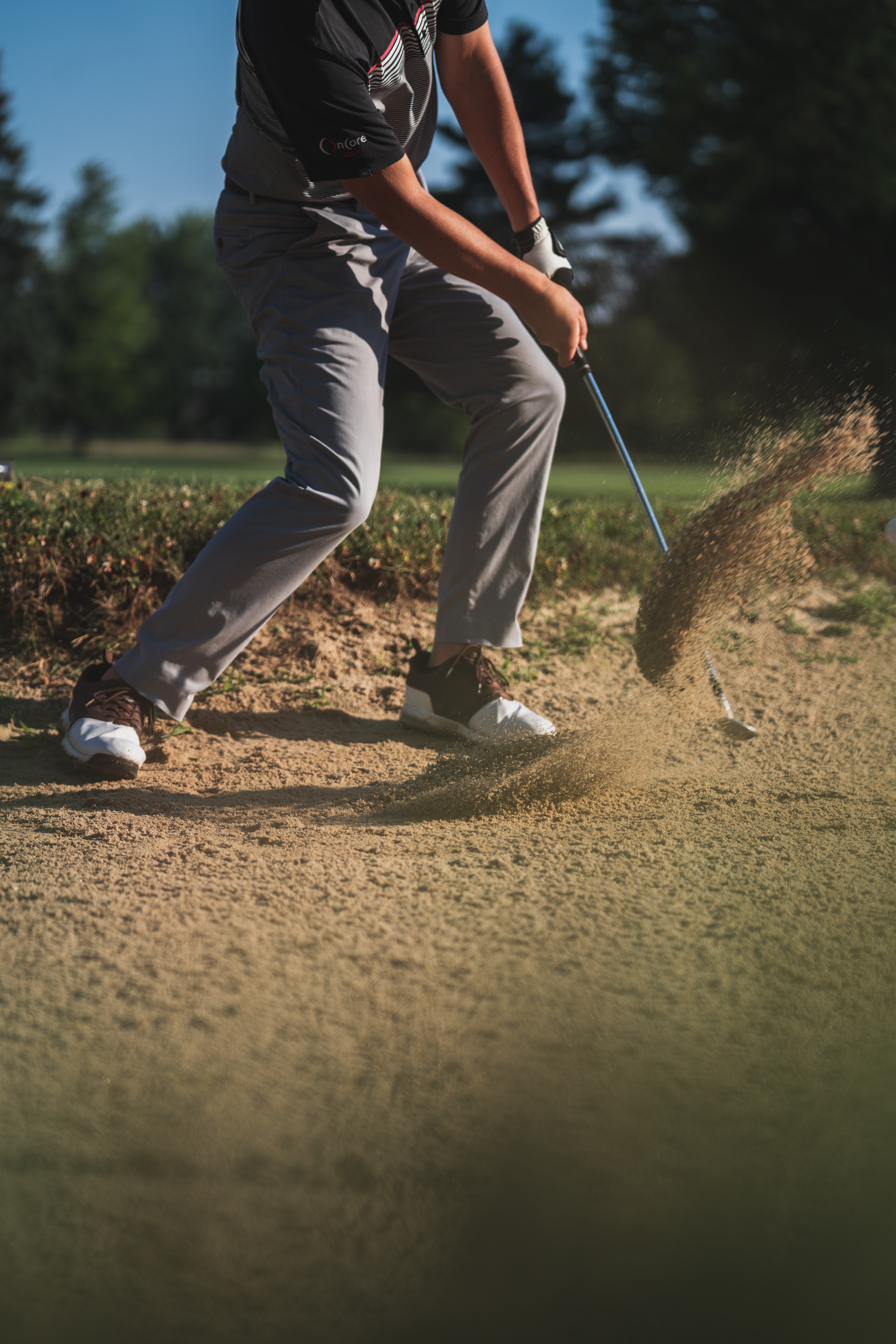
Golfer's Elbow
What is Golfer's Elbow?
Golfer's elbow, also known as medial epicondylitis, is a condition that affects the tendons on the inside of the elbow. These tendons are responsible for attaching the forearm muscles to the bony bump on the inside of the elbow. Repetitive gripping or flexing of the wrist can cause small tears in the tendons, leading to inflammation and pain.
Causes of Golfer's Elbow
Golfer's elbow can be caused by a variety of activities that involve repetitive wrist and hand movements. This can include golf, but also other sports such as baseball, weightlifting, and racket sports. It can also be caused by everyday activities such as typing or using a computer mouse.
Symptoms of Golfer's Elbow
The most common symptom of golfer's elbow is pain and tenderness on the inside of the elbow. This pain may radiate down to the wrist and hand, and can be aggravated by gripping or flexing the wrist. Other symptoms may include stiffness, weakness, and numbness or tingling in the fingers.
Treatment for Golfer's Elbow
Treatment for golfer's elbow typically involves resting the affected arm, applying ice to reduce inflammation, and taking over-the-counter pain medication such as ibuprofen. Physical therapy and exercises to stretch and strengthen the forearm muscles may also be recommended. In more severe cases, corticosteroid injections or surgery may be necessary.
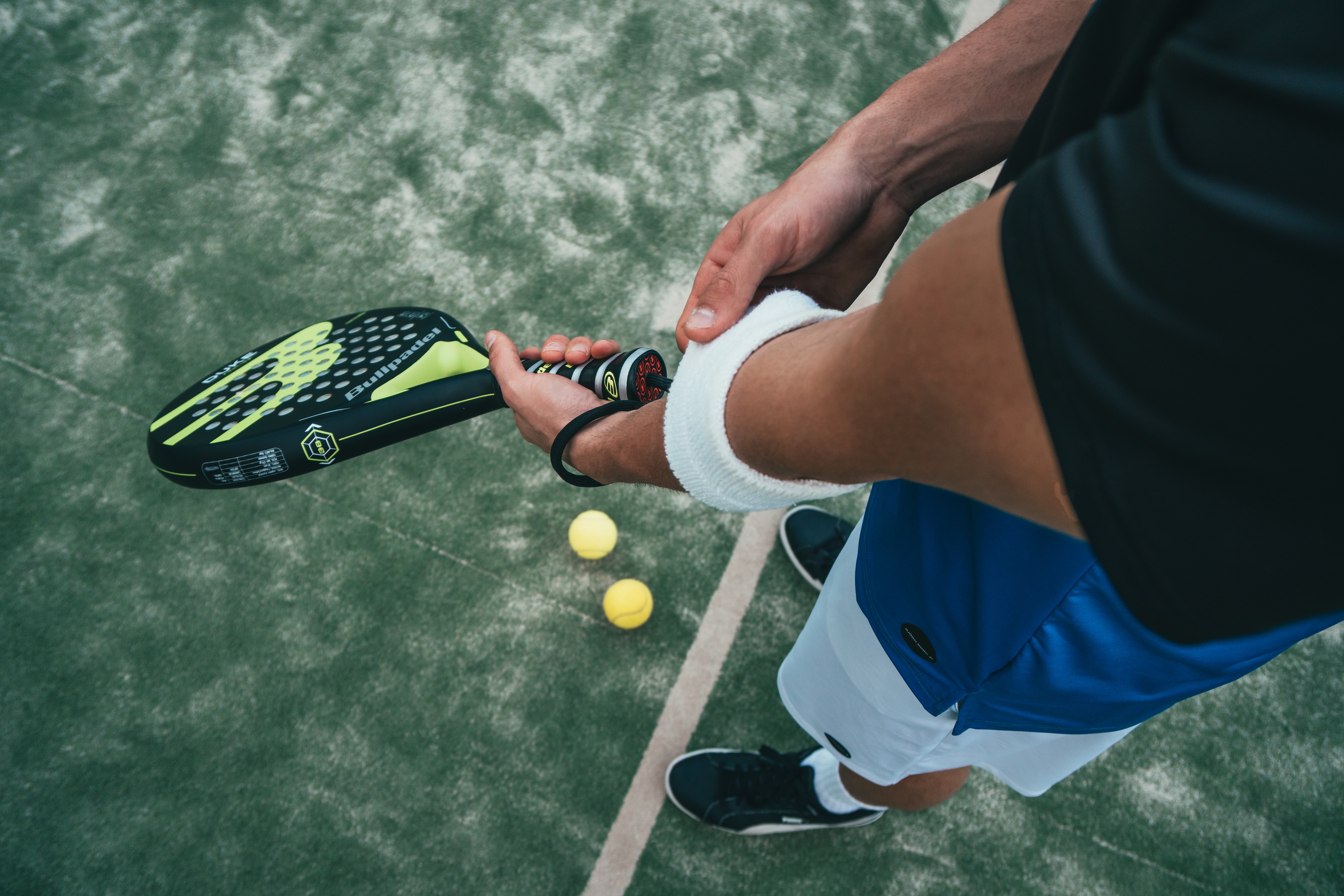
Tennis Elbow
What is Tennis Elbow?
Tennis elbow, also known as lateral epicondylitis, is a condition that affects the tendons on the outside of the elbow. These tendons are responsible for attaching the forearm muscles to the bony bump on the outside of the elbow. Repetitive motions such as gripping or lifting can cause small tears in the tendons, leading to inflammation and pain.
Causes of Tennis Elbow
As the name suggests, tennis elbow is often caused by playing tennis. However, it can also be caused by other activities that involve repetitive gripping or lifting, such as painting, plumbing, or cooking.
Symptoms of Tennis Elbow
The most common symptom of tennis elbow is pain and tenderness on the outside of the elbow. This pain may radiate down to the forearm and wrist, and can be aggravated by lifting or gripping objects. Other symptoms may include stiffness, weakness, and a burning sensation in the forearm.
Treatment for Tennis Elbow
Treatment for tennis elbow typically involves resting the affected arm, applying ice to reduce inflammation, and taking over-the-counter pain medication such as ibuprofen. Physical therapy and exercises to stretch and strengthen the forearm muscles may also be recommended.
Preventing Golfer's Elbow and Tennis Elbow
To prevent golfer's elbow and tennis elbow, it is important to use proper technique and equipment when playing sports or engaging in activities that involve repetitive motions. Stretching before and after physical activity can also help prevent these conditions. If you experience any pain or discomfort, it is important to rest and seek treatment as soon as possible to prevent further injury.
How Sports Taping Can Help
Sports taping is a technique used to provide support and stability to the affected area. For golfer's elbow, sports taping can be used to provide support to the muscles and tendons that attach to the inner elbow. This can help to alleviate pain and discomfort, and also prevent further damage to the affected area.
Similarly, for tennis elbow, sports taping can be used to provide support to the outer elbow. This can help to reduce stress on the affected muscles and tendons, and alleviate pain and inflammation.
In addition to providing support and stability, sports taping can also help to improve joint alignment and reduce stress on the affected area. This can help to prevent further injury and improve overall function.
How to Apply Sports Tape
- If you are looking to apply sports tape for golfer's elbow or tennis elbow, it is important to follow proper technique. Here are the steps to apply sports tape for both conditions:
- Start by cleaning the affected area with rubbing alcohol or soap and water.
- Measure the length of tape needed by wrapping it around the affected area.
- Cut the tape to the appropriate length.
- Begin applying the tape at the bottom of the affected area and work your way up, overlapping the tape as you go.
- Be sure to apply enough tension to the tape to provide support, but not so much that it causes discomfort.
- Finish by securing the tape in place with a final strip.
In conclusion, golfer's elbow and tennis elbow are two common injuries experienced by athletes. While they involve different muscles and tendons, sports taping can be a useful tool for preventing and alleviating pain associated with both conditions. By understanding proper application techniques and seeking professional help when needed, athletes can continue to enjoy their favorite sports without being sidelined by injury.

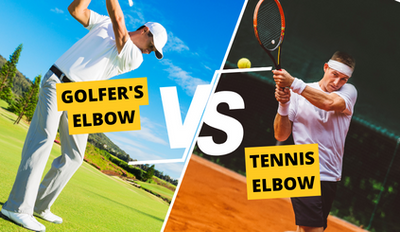
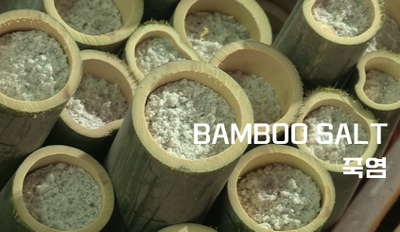


ForInjuries-20230203052432.png)
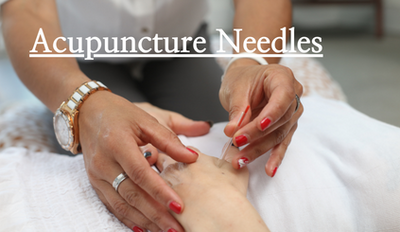
Comments: 0